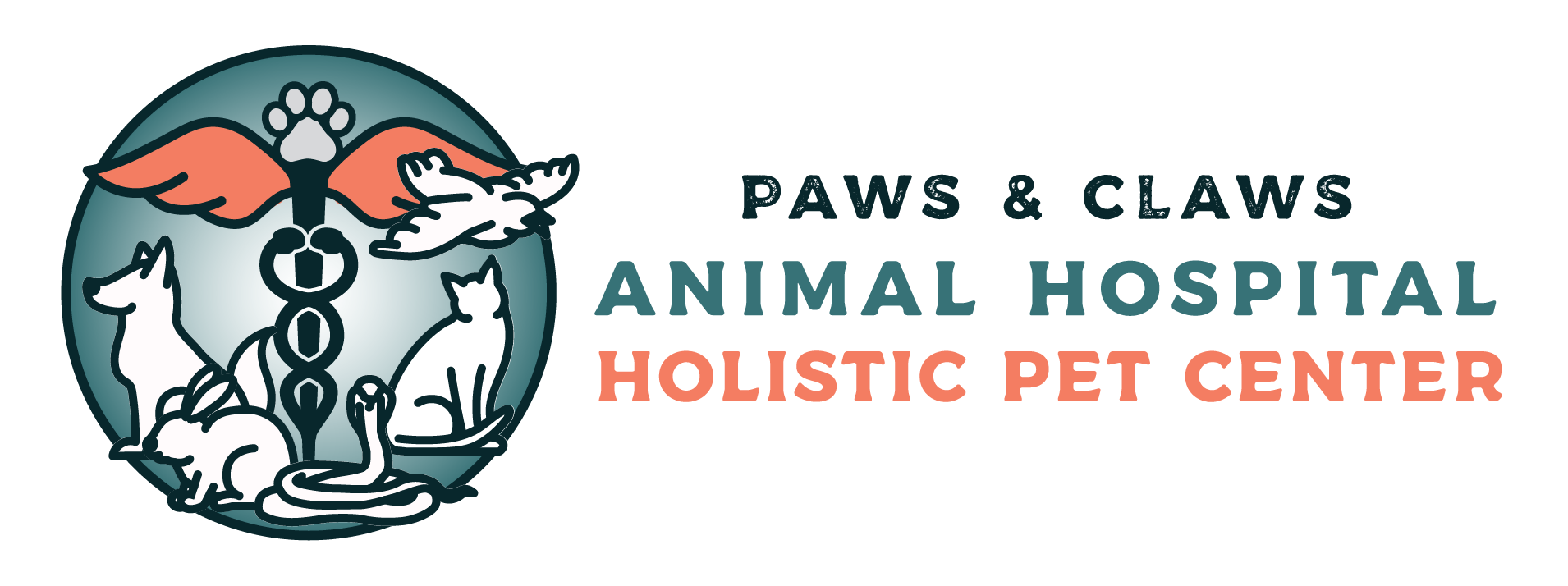As animals age, it’s very common for them to develop various lumps and bumps. In most cases, these are benign (not cancerous) nodules that will never cause any problem. In other cases, what seems to be simply an innocuous problem might in fact be cancer. It’s important for you to know the difference, as treatment recommendations will vary.
What are Lipomas and What Causes Them?
Lipomas are benign (non-cancerous) fatty tumors and the most common soft skin tumor in dogs. They are usually soft when palpated (touched and handled), although some (especially the larger masses) can feel firm when handled. While lipomas occur in any age or breed of dog or cat, they are most commonly seen in older dogs. Some breeds, such as Weimaraners, seem particularly predisposed to developing many lipomas all over their bodies.
It isn’t known what causes these fatty tumors, although many animals with lipomas are overweight. In some, weight loss may shrink the tumors or even cause them to disappear. Since some overweight animals have hypothyroidism (low thyroid) I do a blood test on all my obese patients.
Diagnosis is Important
It is crucial to find out if the lump really is a benign fatty tumor or something more serious. A diagnosis is important so the doctor can give you the correct treatment recommendation as well as the proper prognosis.
Keep in mind that no one can simply feel or look at a lump on your animal’s body and correctly diagnosis it. While most lumps are benign, there are many exceptions. For example, mast cell tumors are known as “the great imitators” because they mimic lipomas and other benign lesions. Mast cell cancer can be cured when diagnosed and treated early, but because the tumors resemble other benign skin lesions, they are frequently not diagnosed until the disease is more advanced, which often means a worse prognosis for the animal. This is why it’s essential that all lumps and bumps, regardless of their “benign” appearance, be properly evaluated in order to get the correct diagnosis, prognosis, and treatment.
How are these lumps accurately diagnosed? A very simple test called aspiration cytology can be quickly and easily performed in the vet’s office. Briefly, the procedure involves inserting a tiny needle into the lump. A syringe attached to the needle is used to aspirate (suck out) cells and fluid from the lump. This aspirate is then treated with a microbiological stain and examined under the microscope. The doctor can then easily tell if the lump is a fatty tumor or something potentially more serious.
To Operate or Not to Operate – Advice from Dr. Shawn Messonnier
“In most cases, I don’t recommend surgery for lipomas. Unless we’re dealing with a pretty big tumor or one that bothers the animal, I don’t see any reason for people to spend money and subject their animals to an operation that won’t improve their life. Remember that these lumps are not cancerous and will usually not grow or ever cause the animal a problem. If the guardian wants to try to shrink the tumor or tumors, I will recommend a weight loss diet (for overweight animals), thyroid supplementation (for animals that are hypothyroid), or herbs. In my practice, I have an herbal pharmacist make a special herbal formula that can, in some instances, shrink the tumors or make them go away. If the tumors do not respond after one to two months of herbal therapy, then this treatment won’t work in this case and I stop the therapy.
In some instances, surgery is recommended
- If a lipoma starts growing, I like to remove it. It’s much easier to remove a small tumor than a large one, so the sooner I get it off of the animal the better.
- I will also remove the tumor if it interferes with patient function, for example, if the tumor is on the abdomen and the animal experiences discomfort trying to lie down.
- If the aspirate shows something other than a lipoma, I’ll remove it, get a biopsy, and then plan my treatment accordingly.”
Most lipomas are not a cause for concern. Once your vet has determined for certain that your animal’s lumps and bumps aren’t anything serious, and steps have been taken to minimize their growth, your dog or cat can continue living a normal, healthy life.
Four Keys to Dealing With Lipomas
- All lumps and bumps must be diagnosed properly, usually through aspiration cytology.
- Most fatty tumors are benign and do not need to be removed.
- When possible, working with a holistic vet who can prescribe herbs or homeopathics may shrink some of these tumors.
- If any lump or bump cannot be diagnosed by an aspirate, or grows or changes in appearance or color, get it removed as soon as possible and have it biopsied to allow the correct diagnosis, prognosis, and treatment.
